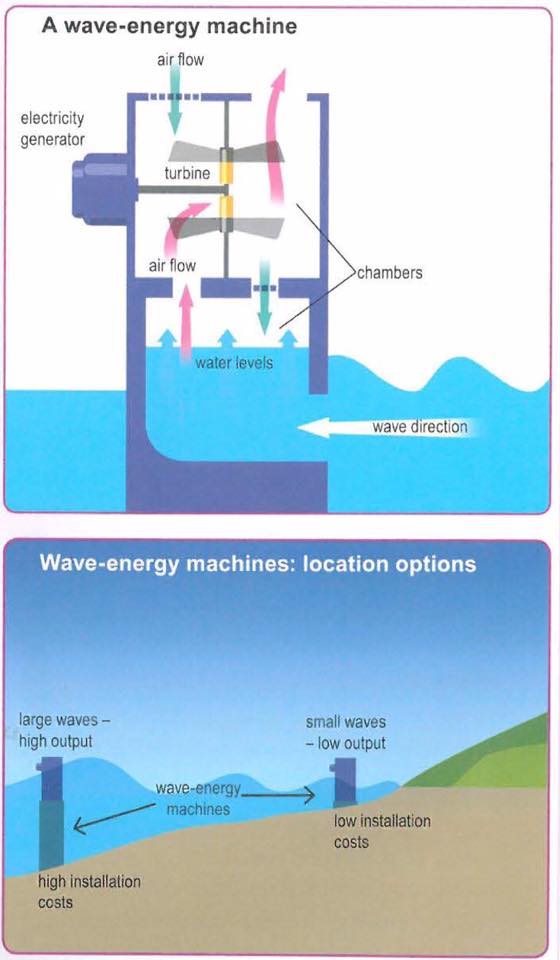Summarise the information by selecting and reporting the main features, and make comparisons where relevant.
The task is taken from ielts-exam.net
Both of the presented pie charts depict the labour market situation in the United Kingdom in 1992. The data is given in percentage terms.
As a general trend, we can see that the large majority of women and men are provided with jobs in a non-manual sphere, such as management and works which require certain professional skills (29% and 36%,1 respectively). Also, there is some crossing in the amount of respondents employed in other manual, non-manual and general physical jobs. As regards alternative hand-operated works, female employees account for 27% and male ones constitute 26%, as for non-manual works, 9% for women and 6% for men. With reference to the general labourers, the indices are almost equal. However, statistics differ in case with craft activities. Males are reluctant2 to this kind of labour (24%), while females are more likely to become white collars, constituting only 3 percent of the total number of employed women.
To sum everything up, even though the employment tendencies of british3 employees distinguish among genders, particular points are overlapped.
173 words
The commentaries are marked in brackets with number (*). The numbered commentaries are found below. The part in italics is taken from the text, the word underlined is the suggested correction. Words in (brackets) are the suggested addition to the original phrase or sentence.
- No comma before ‘respectively’ is needed (here and in general)
- However great the word ‘reluctant’ may be, it shouldn’t be used in the first part of IELTS Writing as is sounds subjective. We might replace it with something like “less likely to do”.
- Don’t forget to capitalise adjectives referring to nationalities.
The mistakes in this piece of writing are few and far between, they do not impede communication of the main idea. The structure is a little bit unorthodox with one dominating body paragraph. However, such approach does not stand in the way of understanding, as there are no issues with either cohesion or coherence of information. Great job!

